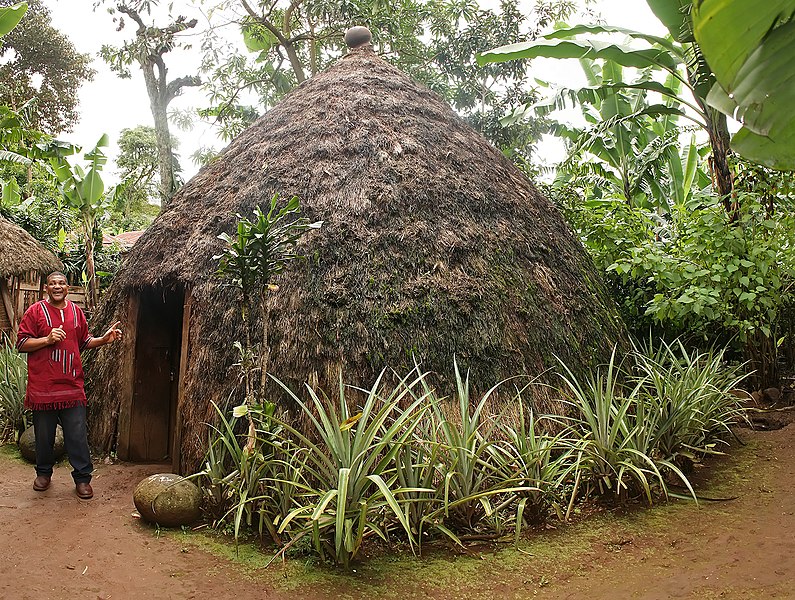Vaizdas:Chaga hut noadj.jpg

Šios peržiūros dydis: 795 × 600 taškų. Kitos 5 rezoliucijos: 318 × 240 taškų | 636 × 480 taškų | 1 018 × 768 taškų | 1 280 × 966 taškų | 1 600 × 1 207 taškų.
Didesnės raiškos iliustracija (1 600 × 1 207 taškų, rinkmenos dydis: 1,66 MiB, MIME tipas: image/jpeg)
Rinkmenos istorija
Paspauskite ant datos/laiko, kad pamatytumėte rinkmeną tokią, kokia ji buvo tuo metu.
| Data/Laikas | Miniatiūra | Matmenys | Naudotojas | Paaiškinimas | |
|---|---|---|---|---|---|
| dabartinis | 12:01, 7 rugpjūčio 2009 |  | 1 600 × 1 207 (1,66 MiB) | Muhammad Mahdi Karim | {{Information |Description={{en|A traditional Chaga hut in Kilimanjaro. The hut is surrounded by pineapple plants which are thorny, preventing snakes and other animals from entering the hut. The pine |
Paveikslėlio naudojimas
Paveikslėlis yra naudojamas šiuose puslapiuose:
Visuotinis rinkmenos naudojimas
Ši rinkmena naudojama šiose viki svetainėse:
- Naudojama arz.wikipedia.org
- Naudojama de.wikipedia.org
- Naudojama en.wikipedia.org
- Talk:Chaga people
- User:Muhammad Mahdi Karim
- Wikipedia:Featured picture candidates/August-2009
- Wikipedia:Featured picture candidates/File:Chaga hut.jpg
- Wikipedia:Picture of the day/November 2010
- Wikipedia:Featured picture candidates/delist/2010
- User talk:Muhammad Mahdi Karim/Archive 5
- Template:POTD/2010-11-08
- Wikipedia:Featured picture candidates/delist/File:Chaga hut.jpg
- User:Vietnamesepresident/Gallery
- User talk:Muhammad Mahdi Karim/Archive 7
- Globally Important Agricultural Heritage Systems
- User:Walkuraxx/African ethnic groups
- Naudojama eo.wikipedia.org
- Naudojama es.wikipedia.org
- Naudojama fa.wikipedia.org
- Naudojama fr.wikipedia.org
- Naudojama ig.wikipedia.org
- Naudojama nl.wikipedia.org
- Naudojama no.wikipedia.org
- Naudojama pa.wikipedia.org
- Naudojama ru.wikipedia.org
- Naudojama ta.wikipedia.org
- Naudojama uk.wikipedia.org
- Naudojama vi.wikipedia.org
- Naudojama www.wikidata.org

